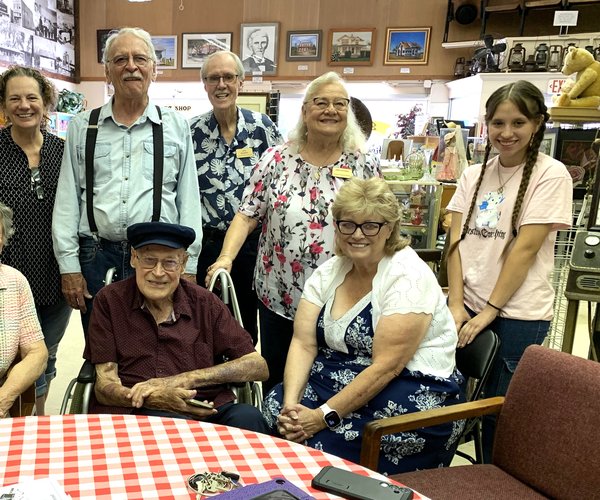Potential blood donors do not need to know their blood type before giving blood. After individuals give blood, the Red Cross provides each donor their blood type.
Widespread Misconceptions Found About Blood Donation





